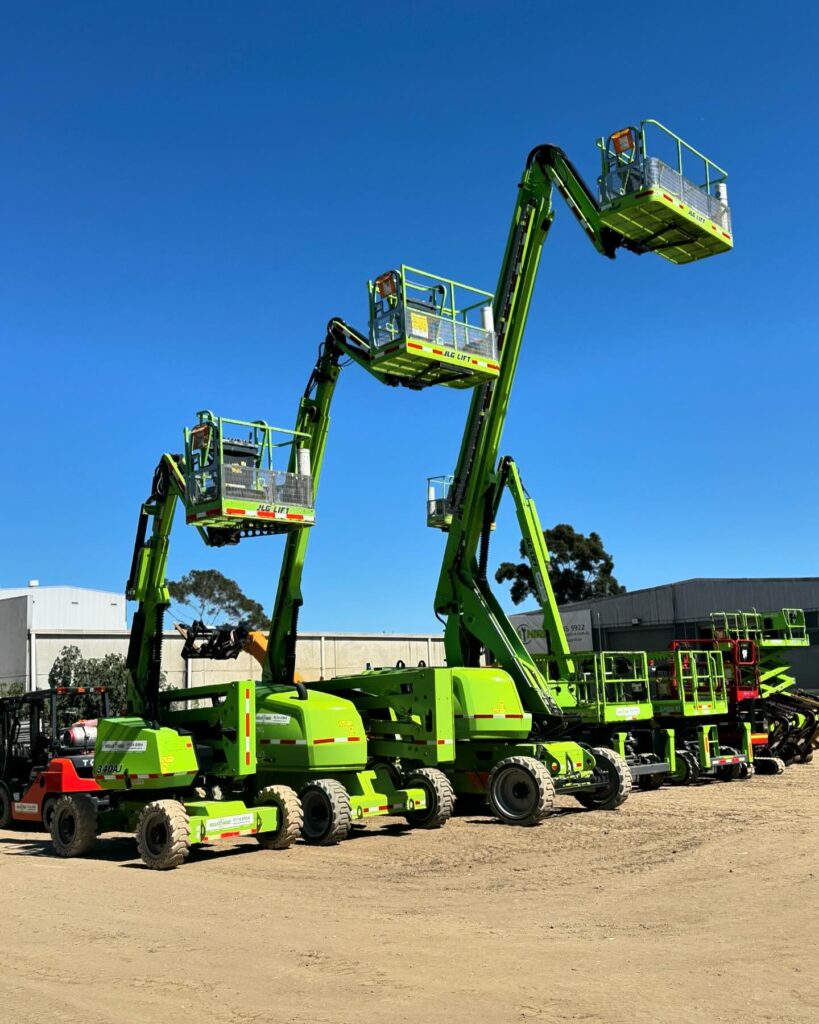The construction industry, traditionally seen as a significant contributor to environmental degradation, is undergoing a radical transformation. Driven by a pressing need for environmental stewardship and a growing demand for sustainable living spaces, sustainable construction practices are becoming increasingly prevalent.
These practices not only aim to minimise the environmental impact of new buildings but also seek to redefine the ethos of construction in the 21st century.
Sustainable Construction: Why It Matters
Sustainable construction transcends the traditional focus on cost, aesthetics, and functionality, incorporating environmental and social responsibility into the core of construction practices.
It matters because the built environment plays a crucial role in the global ecological footprint, influencing energy consumption, greenhouse gas emissions, and resource depletion. Sustainable construction addresses these issues head-on, aiming to deliver buildings that offer long-term benefits to both the environment and the inhabitants.
Innovative Materials and Technologies Shaping Sustainable Construction
At the forefront of sustainable construction are innovative materials and technologies designed to improve energy efficiency and reduce waste. Materials such as self-healing concrete and thermochromic glass are revolutionising the industry, offering enhanced durability and reducing the need for artificial heating and cooling.
These innovations reflect a broader trend towards more sustainable building practices, emphasising the role of technology in achieving environmental goals.
Recycled Materials in Construction
The use of recycled materials is a cornerstone of the movement towards more sustainable construction methods. Prefabricated materials exemplify this approach by minimising waste during the construction process. This method not only conserves resources but also highlights the construction industry’s ability to adapt and innovate in response to sustainability challenges.
Green Roofs
Green roofs represent a practical and aesthetically pleasing solution to several sustainability challenges in urban environments. By providing natural insulation, reducing stormwater runoff, and combating the urban heat island effect, green roofs contribute to the sustainability of buildings and the wider urban area. They exemplify the integration of ecological principles into construction, underscoring the potential for synergy between nature and the built environment.
Smart Systems for Sustainability
The integration of smart systems into buildings is a key component of sustainable construction. Technologies such as smart thermostats and energy-efficient lighting systems allow for real-time monitoring and optimisation of energy use, significantly reducing the carbon footprint of buildings.
These systems demonstrate how technological innovation can lead to more sustainable construction practices, offering a blueprint for the future of the industry.
Renewable Energy Sources
Incorporating renewable energy sources into construction projects is another critical aspect of sustainable construction. By harnessing solar, wind, and other renewable energies, buildings can reduce their reliance on fossil fuels and decrease their overall environmental impact.
This shift not only contributes to the sustainability of individual projects but also supports the broader transition to a low-carbon economy.
Sustainable Systems
The adoption of sustainable systems within buildings, such as water-saving fixtures and energy-efficient lighting, further enhances the environmental performance of construction projects.
These systems offer tangible benefits, including reduced water and energy consumption, which contribute to the sustainability of the project while also providing economic benefits through lower operating costs.
Economic Benefits of Sustainable Building Practices
Beyond the environmental advantages, sustainable building practices offer significant economic benefits. Buildings designed and constructed with sustainability in mind typically incur lower operating costs, enjoy higher property values, and can lead to increased occupant satisfaction and productivity.
These economic incentives are a powerful driver for the adoption of sustainable construction practices, highlighting the alignment between environmental responsibility and economic viability.
Looking Ahead: Future Trends in Sustainable Construction
The future of sustainable construction looks bright, with ongoing innovations in materials, design, and technology continuing to push the boundaries of what is possible.
The growing emphasis on circular economy principles and the integration of green spaces into urban design are just two of the trends shaping the future of the industry. As these trends gain momentum, sustainable construction is set to become not just an option but the standard for new development projects.
Building a Sustainable Future
Sustainable construction represents a hopeful vision for the future of the built environment, one in which buildings support the health of the planet and its inhabitants. As the industry continues to evolve, the principles of sustainability are becoming deeply embedded in construction practices, promising a legacy of green, efficient, and resilient buildings. The journey toward sustainable construction is complex and challenging, but the rewards—a healthier planet and improved quality of life for future generations—are immeasurable.
To find out more, contact us or visit your nearest Kelm Hire location today.
Frequently Asked Questions
Sustainable construction techniques offer numerous benefits, including reduced environmental impact, lower operating costs, and improved occupant health and well-being. These practices foster a more sustainable and economically viable future for the construction industry.
Common practices include utilising energy-efficient materials, incorporating renewable energy sources, recycling construction waste, and employing smart building technologies to minimise energy consumption.
Challenges include higher initial costs, a lack of knowledge and expertise in green building techniques, and market and regulatory barriers. However, with increasing technological advancements and a growing emphasis

